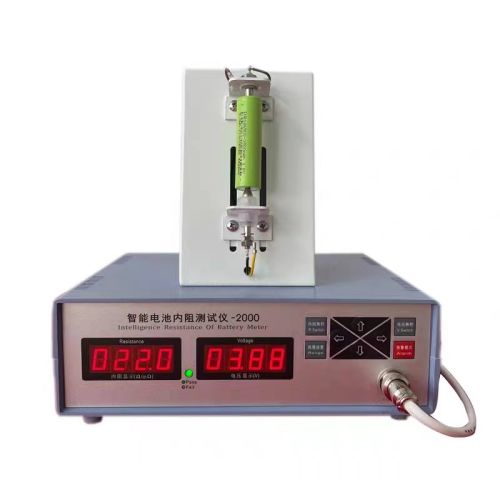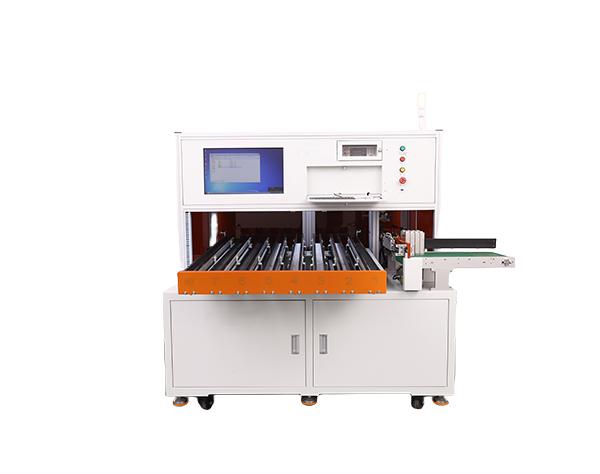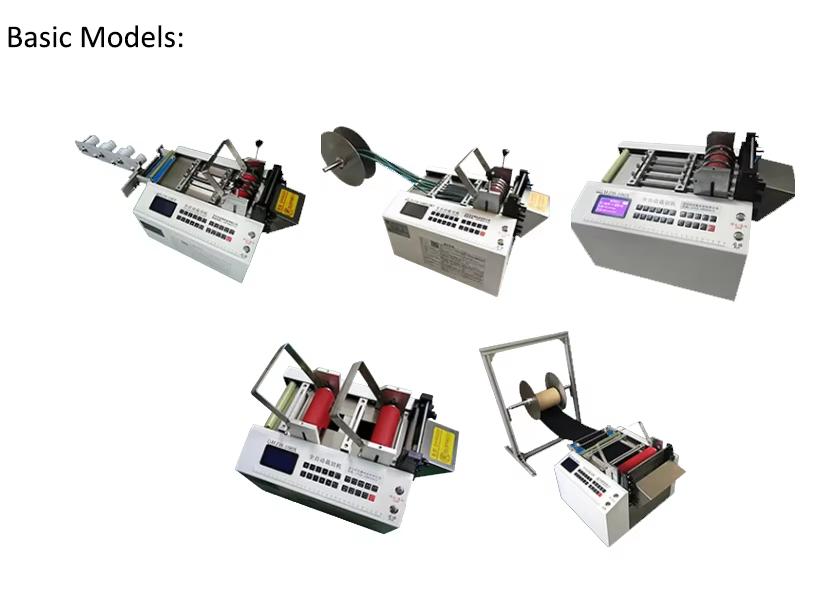 The working principle of the IR battery tester usually involves the following aspects:
The working principle of the IR battery tester usually involves the following aspects:
Voltage measurement: Through the circuit connected to the two poles of the battery,
accurately measure the terminal voltage of the battery to understand its current voltage state.
Current control and measurement: A specific magnitude of current can be applied to the
battery, and the flowing current is measured simultaneously to evaluate the performance of
the battery under different current loads.
Internal resistance measurement: Use AC or DC methods to measure the internal resistance
of the battery. The internal resistance reflects the resistance situation inside the battery and has
important indicative significance for the performance and health status of the battery.
Capacity test: Through the charge and discharge cycle of the battery, record the amount of
charge input and discharged, thereby calculating the actual capacity of the battery. This usually
requires a long test under specific conditions such as temperature and current.
Temperature monitoring: Monitor the temperature of the battery during the test process,
because temperature has a greater impact on the performance and safety of the battery to ensure
that the test is carried out within an appropriate temperature range. For example, in the capacity test,
the tester will charge the battery with a constant current until the set voltage is reached, and then
discharge with a constant current, record the discharge time and current, and calculate the capacity
according to the formula. During the entire test process, the tester will collect and analyze various data
in real time to comprehensively evaluate the performance and status of the cylindrical battery.









 粤公网安备 44030602007174号
粤公网安备 44030602007174号